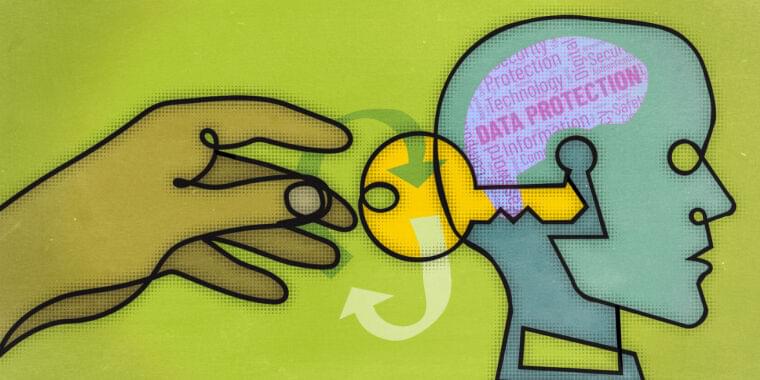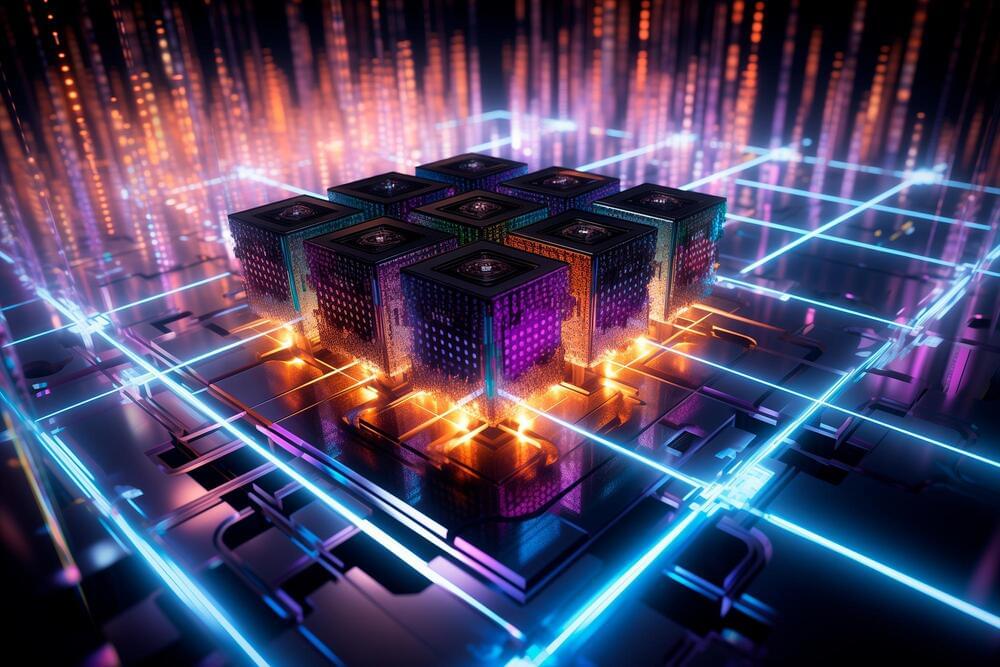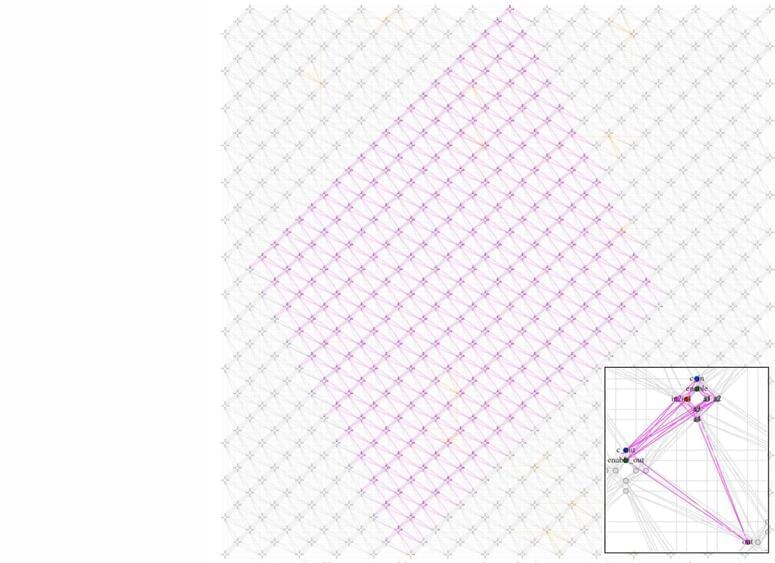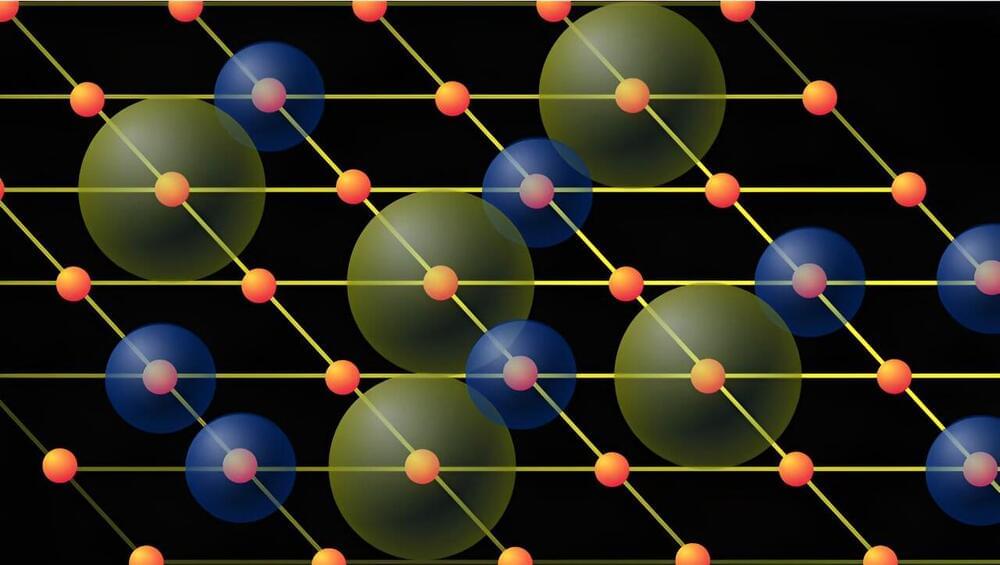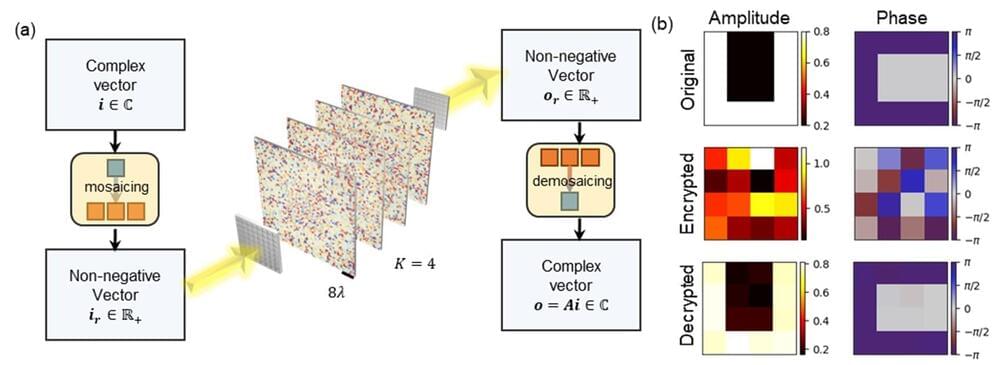Archive for the ‘encryption’ category: Page 6
Mar 1, 2024
Scientists Develop a Technique to Protect a Quantum-era Metaverse
Posted by Paul Battista in categories: computing, encryption, quantum physics, security
A team of Chinese scientists introduced a quantum communication technique that they say could help secure Web 3.0 against the formidable threat of quantum computing.
Their approach, called Long-Distance Free-Space Quantum Secure Direct Communication (LF QSDC), promises to improve data security by enabling encrypted direct messaging without the need for key exchange, a method traditionally vulnerable to quantum attacks.
They add the approach not only enhances security but also aligns with the decentralized ethos of Web 3.0, offering a robust defense in the rapidly evolving digital landscape.
Feb 23, 2024
The Dual-Laser Revolution: A New Design for Quantum Computers
Posted by Saúl Morales Rodriguéz in categories: computing, encryption, finance, quantum physics
Creating a quantum computer powerful enough to tackle problems we cannot solve with current computers remains a big challenge for quantum physicists. A well-functioning quantum simulator – a specific type of quantum computer – could lead to new discoveries about how the world works at the smallest scales. Quantum scientist Natalia Chepiga from Delft University of Technology has developed a guide on how to upgrade these machines so that they can simulate even more complex quantum systems. The study is now published in Physical Review Letters.
“Creating useful quantum computers and quantum simulators is one of the most important and debated topics in quantum science today, with the potential to revolutionize society,” says researcher Natalia Chepiga. Quantum simulators are a type of quantum computer, Chepiga explains: “Quantum simulators are meant to address open problems of quantum physics to further push our understanding of nature. Quantum computers will have wide applications in various areas of social life, for example in finances, encryption, and data storage.”
Steering Wheel
Feb 21, 2024
Quantum annealers and the future of prime factorization
Posted by Dan Breeden in categories: encryption, information science, quantum physics, security
Researchers at the University of Trento, Italy, have developed a novel approach for prime factorization via quantum annealing, leveraging a compact modular encoding paradigm and enabling the factorization of large numbers using D-Wave quantum devices.
Prime factorization is the procedure of breaking down a number into its prime components. Every integer greater than one can be uniquely expressed as a product of prime numbers.
In cryptography, prime factorization holds particular importance due to its relevance to the security of encryption algorithms, such as the widely used RSA cryptosystem.
Feb 16, 2024
A new design for quantum computers
Posted by Dan Breeden in categories: computing, encryption, finance, quantum physics
Creating a quantum computer powerful enough to tackle problems we cannot solve with current computers remains a big challenge for quantum physicists. A well-functioning quantum simulator—a specific type of quantum computer—could lead to new discoveries about how the world works at the smallest scales.
Quantum scientist Natalia Chepiga from Delft University of Technology has developed a guide on how to upgrade these machines so that they can simulate even more complex quantum systems. The study is now published in Physical Review Letters.
“Creating useful quantum computers and quantum simulators is one of the most important and debated topics in quantum science today, with the potential to revolutionize society,” says researcher Natalia Chepiga. Quantum simulators are a type of quantum computer. Chepiga explains, “Quantum simulators are meant to address open problems of quantum physics to push our understanding of nature further. Quantum computers will have wide applications in various areas of social life, for example, in finances, encryption, and data storage.”
Feb 14, 2024
Why Big Tech’s watermarking plans are some welcome good news
Posted by Gemechu Taye in categories: encryption, internet, robotics/AI
Big Tech is also throwing its weight behind a promising technical standard that could add a “nutrition label” to images, video, and audio. Called C2PA, it’s an open-source internet protocol that relies on cryptography to encode details about the origins of a piece of content, or what technologists refer to as “provenance” information. The developers of C2PA often compare the protocol to a nutrition label, but one that says where content came from and who—or what—created it. Read more about it here.
On February 8, Google announced it is joining other tech giants such as Microsoft and Adobe in the steering committee of C2PA and will include its watermark SynthID in all AI-generated images in its new Gemini tools. Meta says it is also participating in C2PA. Having an industry-wide standard makes it easier for companies to detect AI-generated content, no matter which system it was created with.
OpenAI too announced new content provenance measures last week. It says it will add watermarks to the metadata of images generated with ChatGPT and DALL-E 3, its image-making AI. OpenAI says it will now include a visible label in images to signal they have been created with AI.
Feb 10, 2024
Notion acquires privacy-focused productivity platform Skiff
Posted by Gemechu Taye in category: encryption
Notion launched its new calendar based on Cron last month, but its productivity suit can soon have more privacy-focused offerings.
Notion announced that it has acquired Skiff, a platform that offers end-to-end encrypted file storage, docs, calendar events, and email.
Jan 27, 2024
Nanoscale Power Plants: Turning Heat Into Power With Graphene Ribbons
Posted by Paul Battista in categories: computing, encryption, nanotechnology, quantum physics

Quantum physicist Mickael Perrin uses graphene ribbons to build nanoscale power plants that turn waste heat from electrical equipment into electricity.
When Mickael Perrin started out on his scientific career 12 years ago, he had no way of knowing he was conducting research in an area that would be attracting wide public interest only a few years later: quantum electronics.
Continue reading “Nanoscale Power Plants: Turning Heat Into Power With Graphene Ribbons” »
Jan 27, 2024
Google Bard AI’s addition to Messages could change the way we text forever
Posted by Joseph Barney in categories: encryption, mobile phones, robotics/AI
If you use Android, this might come in handy except for the lab of encryption. Hopefully iPhone copies this and it says a standard that’s regulated.
AI could change Google’s Messages app in a big way.
Jan 23, 2024
Performing complex-valued linear transformations using spatially incoherent diffractive optical networks
Posted by Dan Breeden in categories: encryption, robotics/AI
The bulk of the computing in state-of-the-art neural networks comprises linear operations, e.g., matrix-vector multiplications and convolutions. Linear operations can also play an important role in cryptography. While dedicated processors such as GPUs and TPUs are available for performing highly parallel linear operations, these devices are power-hungry, and the low bandwidth of electronics still limits their operation speed. Optics is better suited for such operations because of its inherent parallelism and large bandwidth and computation speed.
Built from a set of spatially engineered thin surfaces, diffractive deep neural networks (D2NN), also known as diffractive networks, form a recently emerging optical computing architecture capable of performing computational tasks passively at the speed of light propagation through an ultra-thin volume.
These task-specific all-optical computers are designed digitally through learning of the spatial features of their constituent diffractive surfaces. Following this one-time design process, the optimized surfaces are fabricated and assembled to form the physical hardware of the diffractive optical network.
